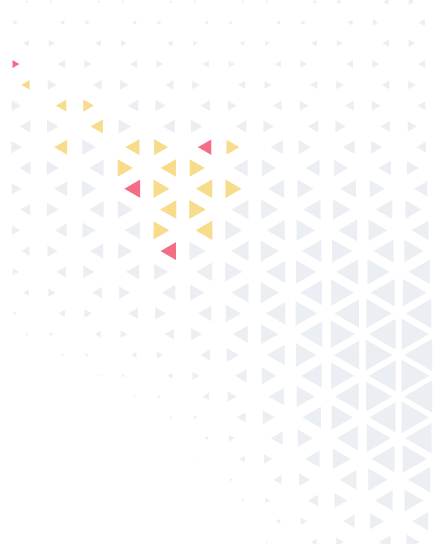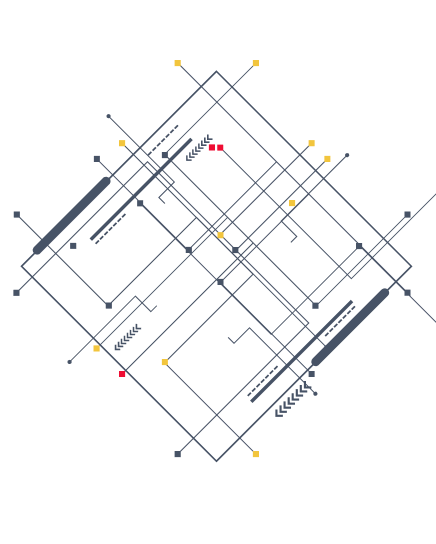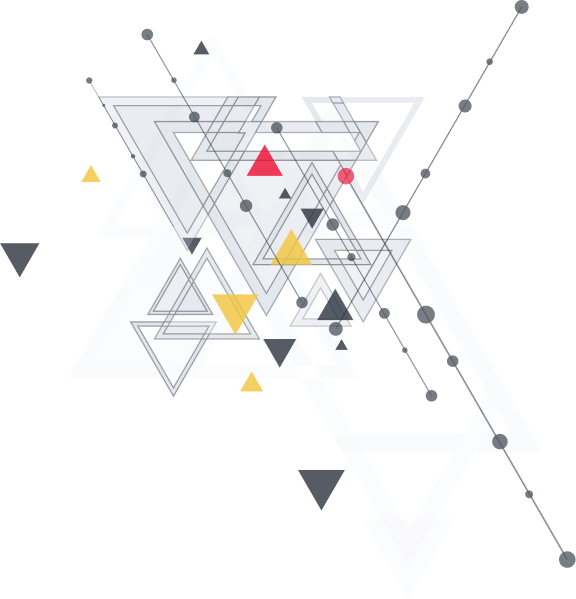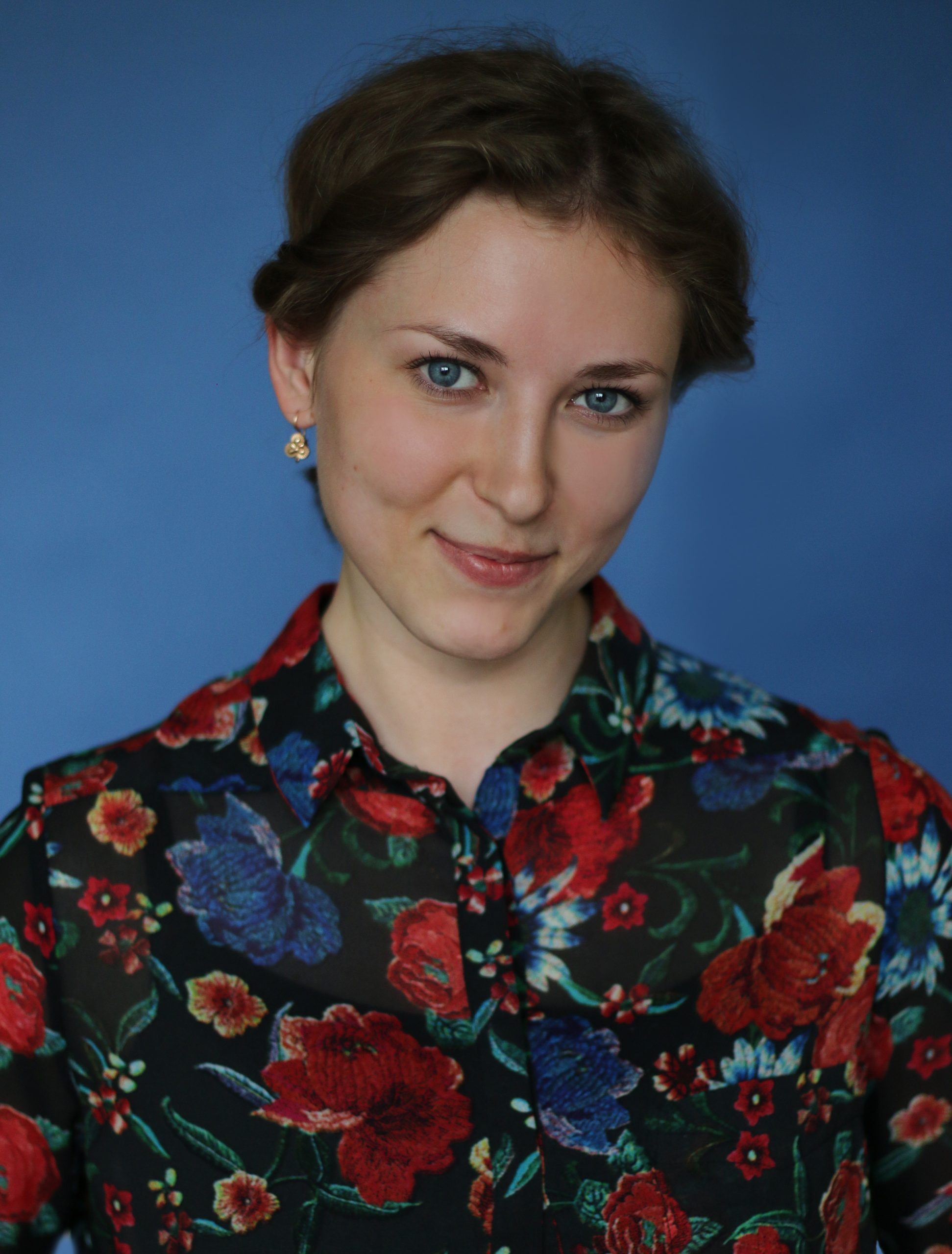In 2024, Artificial Intelligence (AI) solutions have been attracting our attention more than ever before. AI is a vast area of computer science that deals with creating intelligent machines that can perform tasks that typically require human intelligence. The survey of 1,000 respondents shows that eight in 10 Americans believe that AI has the potential to improve the quality of healthcare, reduce healthcare costs, and increase accessibility to healthcare. The top three positive effects are increased efficiency (63 percent), cost savings by automating tasks (56 percent), and improved diagnosis and treatment (53 percent).
Lately, AI has been involved in all kinds of fields and industries, be it science, art, or anything in between. However, it’s often custom healthcare software development and healthcare analytics solutions that are quoted as a primary field where AI in health education is revolutionizing everything from drug discovery to treatment.
Indeed, the use of AI in health and education has opened new doors for innovation in healthcare and mHealth app development. But while some predict that in the future we’ll be treated almost exclusively by robots in white coats, at the moment, AI has several major clinical applications and patient management solutions.
AI is being used to develop algorithms for medical diagnosis, drug discovery, and treatment recommendations. AI in healthcare education and medical diagnosis is mostly used for its image recognition features, which, for example, identify cancer cells on an MRI or X-ray. Additionally, Machine Learning Solutions can be used to analyze patient data and medical records to identify patterns and predict patient outcomes. This AI’s ability to analyze data and draw conclusions is used to also develop personalized treatment plans. Artificial intelligence in medical education includes medical chatbots and virtual assistants, which can provide patients with advice and support.
Finally, there is training and educating medical professionals. The use of generative AI in medical education is still very new, and while there are some ways in which AI enhances existing healthcare IT solutions, the great times of the use of AI for medical education are undoubtedly still ahead. But let’s look at the role of AI in medical education.
AI provides a promising future for medical education: use of AI in medical education.
The use of AI in health and education involves the improvement of simulation technology. Simulation allows future doctors to practice various treatments in a safe environment. The use of AI in medical education helps to develop skills and gain confidence before working with actual patients. AI in health education is used to create more realistic simulations and provide feedback.
Virtual Simulations and Clinical Training
Virtual simulations are revolutionizing clinical training by offering realistic, risk-free environments for healthcare professionals to practice procedures and decision-making. Simulations enhance skill development, improve patient safety, and provide opportunities for fostering confidence and competence.
AI-Powered Tutoring Systems
AI-powered tutoring systems provide personalized learning experiences by adapting to individual student needs. They offer real-time feedback, track progress, and enhance engagement, making education more efficient and accessible.
Data-Driven Insights
Data-driven insights transform raw data into actionable strategies, enabling informed decision-making. By analyzing patterns and trends, they optimize performance, predict outcomes, and drive innovation across industries.
Ethics and Decision-Making Training
Ethics and decision-making training enhances critical thinking by exploring moral principles and real-world scenarios. It fosters accountability, equips individuals to handle complex dilemmas, and promotes ethical leadership.
Continuing Medical Education (CME)
Continuing Medical Education (CME) ensures healthcare professionals stay updated with advancements in medicine. It enhances skills, improves patient care, and maintains certification through ongoing learning and training.
The future of medical education lies in generative AI, revolutionizing learning through personalized content and simulations. Artificial intelligence in medical education enhances training, and AI in medical education supports skill development and decision-making.
Let’s explore real world examples of the solutions that use AI for medical education:
Osso VR
Osso VR is a virtual reality surgical training platform that is exploring the use of AI to provide adaptive learning experiences. The platform uses AI algorithms to analyze the trainee’s performance, provide feedback on areas for improvement, and personalize training.
FundamentalVR
FundamentalVR is a surgical training platform that uses haptic feedback and AI to create realistic simulations. The platform uses AI algorithms to adapt the simulation based on the trainee’s performance, providing a more personalized training experience.
CAE Healthcare
CAE Healthcare is a medical simulation company that is exploring the use of AI to improve simulation scenarios. The company is developing AI algorithms to generate more realistic patient responses and provide more personalized training experiences.
Osmosis
Osmosis is an online medical education platform that is exploring the use of AI to personalize learning experiences. The platform uses AI algorithms to analyze the trainee’s knowledge level and provide customized learning paths.
Health Scholars
Health Scholars is a medical training platform that uses VR and AI to create realistic simulation scenarios. The platform uses AI algorithms to adapt the scenario based on the trainee’s performance, providing more realistic and challenging scenarios.
These companies are using AI for medical education to improve training by providing more realistic simulations, adaptive learning experiences, and personalized feedback. As AI in healthcare education continues to evolve, we can expect to see more companies exploring AI’s potential in medical training.
Use of generative AI in medical education
The use of generative AI in medical education transforms learning by creating tailored content, interactive case studies, and realistic simulations, enhancing skill acquisition and engagement.
Drug discovery
Generative AI accelerates drug discovery by designing novel compounds, predicting drug-target interactions, and optimizing candidates, reducing development time and costs.
Disease diagnosis
Generative AI enhances disease diagnosis by analyzing medical data, identifying patterns, and generating insights, enabling earlier detection, personalized treatment, and improved accuracy.
Medical chatbots
Generative AI powers medical chatbots to provide accurate answers, triage symptoms, and offer personalized health advice, enhancing accessibility and patient engagement in healthcare.
Patient care
Generative AI transforms patient care by enabling personalized treatment plans, enhancing communication, streamlining workflows, and improving overall healthcare experiences.
Medical simulation
Generative AI enhances medical simulation by creating realistic, adaptive scenarios for training. It allows for dynamic practice in diverse clinical situations, improving skills and decision-making without risk to patients.

What are the risks of using AI in medical education?
While AI in medical education offers many benefits, it also presents risks. Concerns include biased or incomplete data leading to skewed results, particularly when datasets lack diversity. Some AI algorithms are “black boxes,” making it hard to identify biases. Over-reliance on AI can reduce hands-on experience and critical thinking, leading to automation bias. As often happens, there are also ethical concerns around the use of AI in medical education, particularly around privacy and data security. It’s crucial to balance AI with traditional methods and address these challenges through ongoing assessment.

The future of AI in Healthcare Education
As discussed before, for the time being, companies are mostly probing the ways in which AI can help to provide personalized learning experiences to medical professionals using simulation technology and adapt to the individual needs of learners.
A cross-sectional study involving 325 medical students in Kerala was conducted using a pre-validated, semi-structured questionnaire. AI was seen as an assistive tool for reducing medical errors by 57.2% of students, while 54.2% believed it could enhance decision-making accuracy. Additionally, 49% agreed AI has the potential to improve healthcare accessibility.
However, there are also ways outside of simulation technology in which AI could be helpful in the future of healthcare education.
Improve curriculum
AI can analyze data from medical training programs to identify areas for improvement and predict future trends. This could help to improve the quality of medical education and ensure that training programs are keeping pace with advances in medical technology and best practices.
Personalized learning
AI algorithms can analyze the student’s knowledge level and learning style to provide customized learning paths. This could help to improve learning outcomes and reduce the time needed to achieve competency. This could be very advantageous, as medical training is one of the longest and most costly all over the world.
Remote learning
AI-powered virtual assistants and chatbots can provide remote support for medical students and professionals, answering questions and providing guidance when needed. This could help to improve access to medical education and provide more flexible learning options. In the long term, it could involve more people in medical education and, therefore, in medical practice. With the shortage of medical staff that the world is experiencing at the moment, the importance of this is hard to overestimate.
FAQ
How does AI personalize medical education?
AI personalizes medical education by adapting learning materials to individual needs, offering tailored feedback, and providing interactive simulations for hands-on practice.
How does AI improve clinical training?
AI improves clinical training by offering personalized learning experiences, simulating real-world scenarios, providing instant feedback, and helping trainees practice decision-making and procedural skills in a risk-free environment.
What role does AI play in ethical and cultural training?
AI aids in ethical and cultural training by simulating diverse patient scenarios, offering insights into cultural sensitivities, and providing feedback on ethical decision-making, promoting awareness and understanding in healthcare.
How does AI help address global disparities in medical education?
AI helps address global disparities in medical education by providing accessible, scalable learning resources, enabling remote training, and offering personalized content tailored to diverse needs, regardless of location.
How can institutions integrate AI into their medical curriculum?
Institutions can integrate AI into their medical curriculum by incorporating AI-driven simulations, personalized learning tools, and data analysis techniques, alongside traditional methods, to enhance clinical skills and decision-making.
Conclusion
Currently, the role of AI in medical education is substantial, although not as impressive and mind-blowing as the current role of AI in clinical practice. The future of AI in medical education is promising, with growth expected across various technologies. However, the process will be slow and requires constant evaluation. While technological progress is valuable, it’s essential not to over-rely on it, ensuring professionals maintain critical thinking and decision-making skills.









